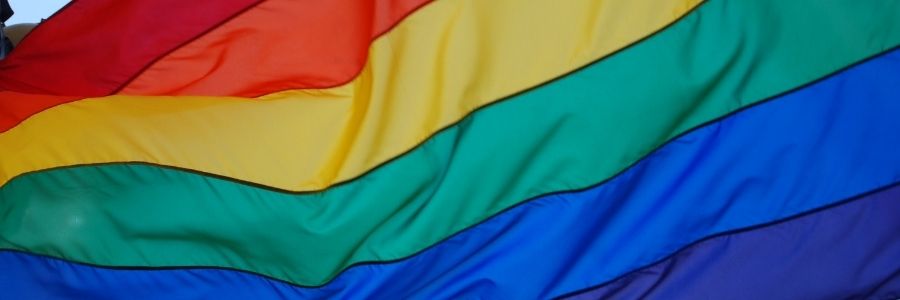CBC Curriculum Structure
The Competency-Based Curriculum (CBC) is transforming the education system in Kenya. Introduced to replace the 8-4-4 system, the CBC focuses on nurturing learners’ talents, developing practical skills, and promoting holistic education. But what exactly is the CBC curriculum structure, and how does it work?
In this blog, we’ll break down the CBC curriculum structure in Kenya, its key features, learning levels, and why it’s a game-changer for students, teachers, and parents.
Contents
What Is the CBC Curriculum?
The CBC (Competency-Based Curriculum) is an educational system designed to develop learners’ knowledge, skills, attitudes, and values through a learner-centered and activity-based approach. The goal is to produce empowered, self-driven, and creative individuals who can solve real-world problems.
The CBC is guided by seven core competencies, including:
- Communication and collaboration
- Critical thinking and problem-solving
- Creativity and imagination
- Citizenship
- Learning to learn
- Self-efficacy
- Digital literacy
CBC Curriculum Structure in Kenya
The CBC is structured into five key levels of education, known as the 2-6-3-3-3 system. Here’s what each stage entails:
1. Pre-Primary Education (2 Years)
- PP1 and PP2 (Ages 4–5)
- Focus: Foundational skills in language, numeracy, environmental activities, and life skills
- Emphasis on play-based learning
- Subjects include Language Activities, Mathematical Activities, Environmental Activities, and Psychomotor Skills
2. Lower Primary (3 Years)
- Grade 1 to Grade 3 (Ages 6–8)
- Subjects: English, Kiswahili/Indigenous Language, Mathematics, Environmental Activities, Hygiene and Nutrition, Religious Education, Creative Arts, and Movement Activities
- Emphasis on reading, writing, numeracy, and basic life skills
3. Upper Primary (3 Years)
- Grade 4 to Grade 6 (Ages 9–11)
- Subjects expand to include Agriculture, Home Science, Science and Technology, and Social Studies
- Learners start identifying personal interests and talents
- Introduction of performance-based assessments
4. Junior Secondary School (3 Years)
- Grade 7 to Grade 9 (Ages 12–14)
- Learners transition to more specialized subjects
- Core subjects include English, Mathematics, Science, Social Studies, and Religious Education
- Optional subjects like Visual Arts, Performing Arts, Computer Science, and Life Skills
- Career guidance and values-based education are emphasized
5. Senior Secondary School (3 Years)
- Grade 10 to Grade 12 (Ages 15–17)
- Learners choose a pathway based on interest and ability:
- STEM Pathway (Science, Technology, Engineering, Mathematics)
- Arts and Sports Science Pathway
- Social Sciences Pathway
- Focus on preparing learners for higher education, careers, or entrepreneurship
- Includes internships and community service learning
Key Features of the CBC Curriculum Structure
- Competency Focus: Learners are assessed on what they can do, not just what they know.
- Learner-Centered Approach: Teachers act as facilitators; learners take charge of their own learning.
- Continuous Assessment: No single high-stakes exam; learners are evaluated continuously through tasks and portfolios.
- Parental Involvement: Parents are encouraged to actively participate in their children’s learning process.
- Values and Life Skills: Education under CBC includes moral and ethical development.
Benefits of the CBC Curriculum Structure
- Encourages creativity and critical thinking
- Promotes practical skills and entrepreneurship
- Builds confidence and independence in learners
- Aligns education with 21st-century global standards
- Nurtures talents from an early age
- Focuses on individual learner potential
Challenges Facing the CBC Implementation
While the CBC is a step in the right direction, it’s not without challenges:
- Limited teacher training and adaptation time
- Inadequate learning resources in some areas
- High demand for parental support and time
- Infrastructure gaps, especially in rural schools
Despite these, the Kenyan government and stakeholders are working to address these issues through investment, training, and policy support.
Final Thoughts
The CBC curriculum structure in Kenya is revolutionizing how education is delivered and experienced. With its focus on skills, creativity, and learner potential, CBC aims to shape well-rounded individuals ready for the challenges of the modern world.
As a parent, teacher, or learner, understanding the CBC structure helps you navigate this new system effectively and prepare for a future rooted in real-world readiness and lifelong learning.
Frequently Asked Questions (FAQs)
Q: What does 2-6-3-3-3 mean in CBC?
A: It refers to 2 years of pre-primary, 6 years of primary, 3 years of junior secondary, 3 years of senior secondary, and 3 years of tertiary education.
Q: How are learners assessed under CBC?
A: Learners are assessed through continuous assessments, project work, portfolios, and performance tasks.
Q: When was CBC introduced in Kenya?
A: CBC was officially rolled out in 2017, beginning with pre-primary and Grade 1.
Q: What is the goal of CBC?
A: To equip learners with practical competencies, values, and skills for life and work.
Suggested SEO Keywords:
- CBC curriculum structure in Kenya
- What is CBC education?
- 2-6-3-3-3 education system
- CBC learning levels
- Competency Based Curriculum Kenya
- CBC assessment system
- Junior secondary under CBC
- CBC core competencies
- CBC subjects in Kenya

Steve George is Blogger, a marketer and content writer. He has B.A. in Economics from the University of Washington. Read more about Mzuri Mag.


